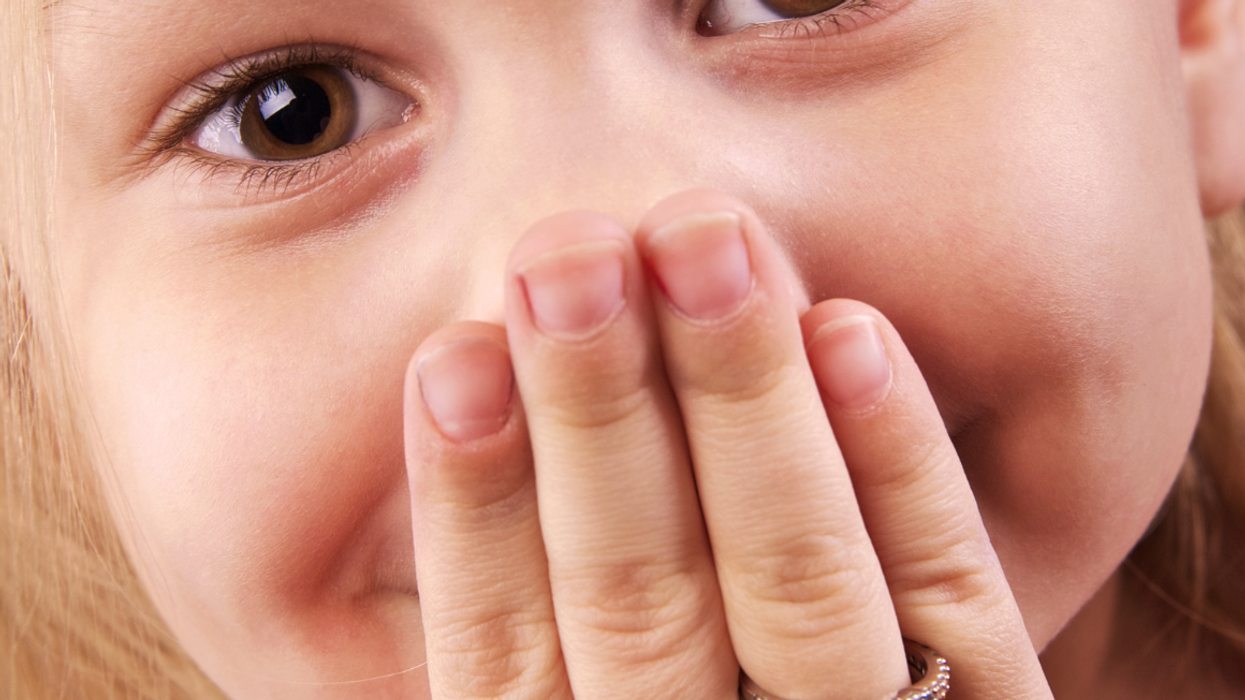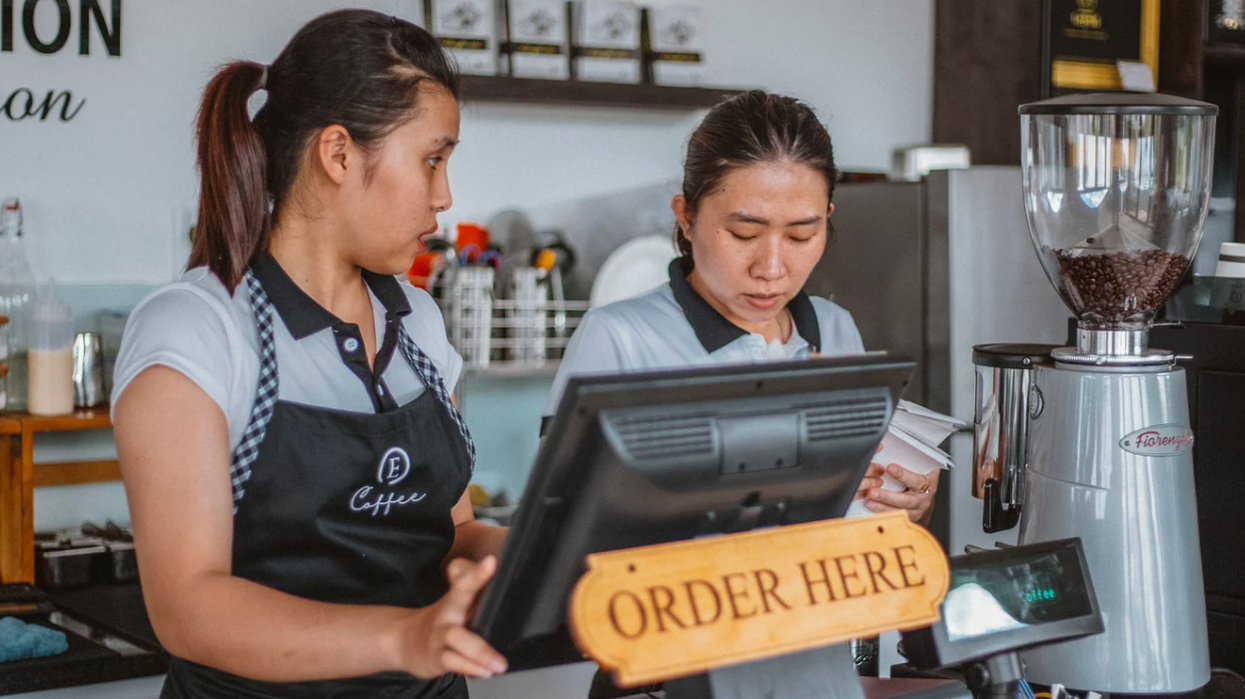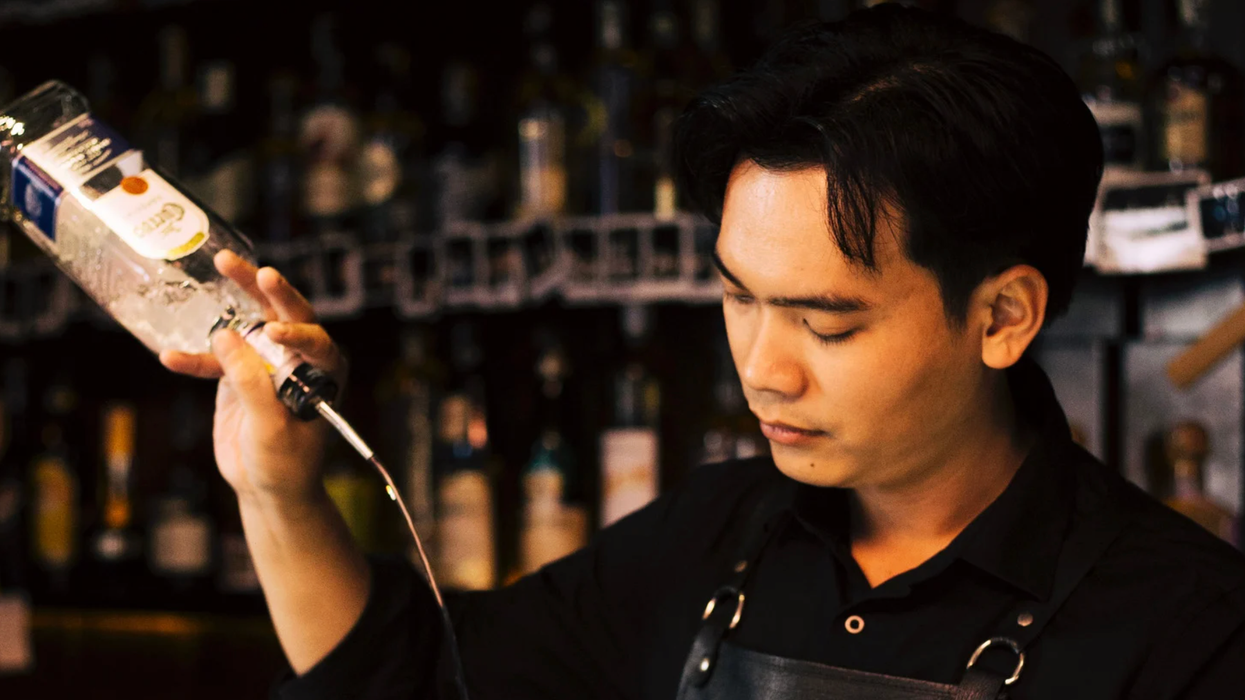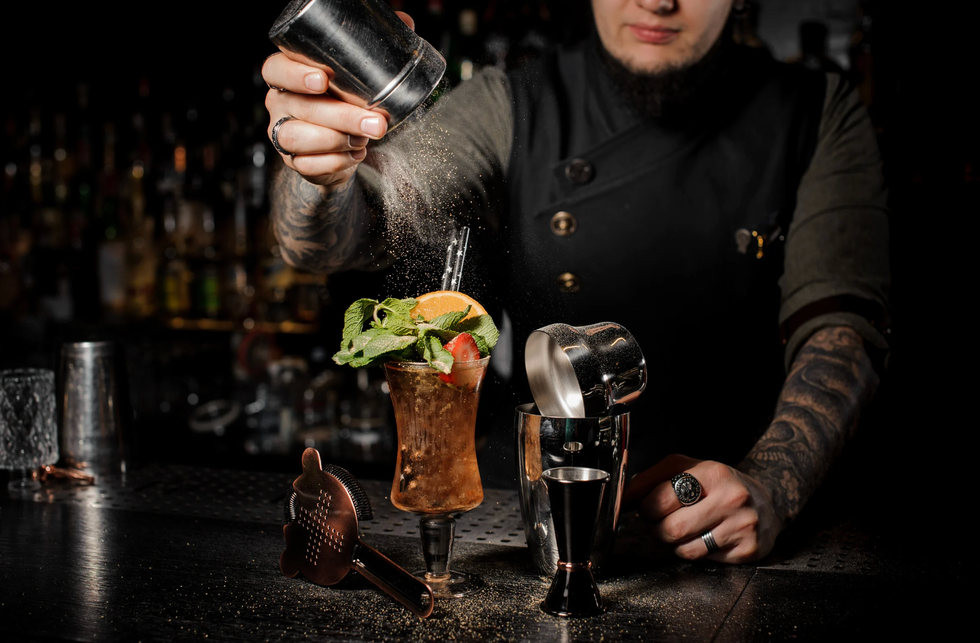Beer is fermented. That’s right, a live culture—in this case yeast—is added during the brewing process after the hops have been worked into the wort (basically mashed-wheat tea that’s been boiled and then cooled). The yeast eats the glucose in the wort, and alcohol is made through fermentation. Though it might be the most popular, beer is far from the only fermented alcoholic drink out there. In fact, there are dozens of different processes for a whole bunch of fizzy libations, some more alcoholic than others, but all with the health benefits that come with fermentation: namely, probiotics, a blanket term used for the ingestion of micro-organisms to balance the gut’s flora.
It should be said that most of the health benefits touted by pro-probiotic advocates are controversial. The European Food Safety Authority (EFSA) has found insufficient evidence to validate any of the claims made regarding the benefits of probiotics. Furthermore, there are hundreds of probiotic strains, and studies always focus on only one strain at a time. This is all to say, take any beneficial health claims made by fermented probiotic products with a grain of salt.
Here’s a look at several of our favorite fermented potions from around the world:
To properly drink makgeolli: Find a cute, raucous little bar in the alleyways of Seoul, and ask “uncle” for a bottle from the most recent shipment from the countryside. Pour into a brass cup, and enjoy the sweet, slightly fizzy brew. Connoisseurs of the unfiltered fermented rice beer know that it’s meant to be consumed immediately after being bottled. True makgeolli has the word saeng on the bottle, which roughly translates to “alive”; this means there’s live yeast in the bottle, which can die after a few weeks. But if you can get fresh makgeolli, it’s known for being easy on the stomach, thought to be because of the probiotic bacteria. For many years, Korean farmers were the prime drinkers of makgeolli. (It was usually consumed in the fields throughout the day.) But today, it’s become less of a bumpkin drink, and is quite popular amongst young people (and K-pop stars) in Seoul.
Yogurt soju is another fermented alcoholic beverage with origins in South Korea, where live cultures are popular for their purported health benefits. But this is more of a cocktail than a stand-alone drink. This concoction calls for four parts Yakult yogurt drink (a common lunchtime treat for kids in East Asia), three parts Sprite, two parts soju, and a dash of lemon juice. Yogurt soju, which became wildly popular around 2012, has since cooled off, but can still be ordered at nearly every bar that serves soju. Yakult is said to contain trillions of probiotic Lactobacillus casei Shirota bacteria in it, which has been linked to helping strengthen the immune system and even treating Crohn’s disease.
Ok, this one might be a bit of an adventurous drink for the unfamiliar. Airag, as it’s called in Mongolia, or kumis, as it’s known in Turkey, is mare’s milk, fermented into a kefir-like, thick drink. It’s only slightly boozy—it has about the alcohol content of a small beer—and is definitely an acquired taste. I had it for the first time in Shanghai at a Mongolian restaurant when it was served, unsolicited, to me at dinner. I was able to choke it down, but the waiter encouraged my consumption, and after a few, I realized it was alcoholic. That’s around the time I was told it was fermented horse milk. That said, kumis is known to have plenty of calcium, vitamin B12, magnesium, folate, antioxidants, and tons of those probiotic bacteria that may help to aid digestion.
Chicha de jora is basically beer, but instead of using wheat, it’s made from jora, a type of corn found in the Andes Mountains. It’s delicious, which is probably why it’s been drunk for a long time. (At Machu Picchu, ancient mills were found that were likely used for the production of chicha.) It’s enjoyed all over southern Peru, often in makeshift bars in people’s homes called “chicharias,” where guests drink their chicha from half-liter glasses. Some say that chicha de jora has anti-inflammatory properties. Chicha doesn’t necessarily have to be made from jora; some make it from cassava or fruits. In some areas of Ecuador, the base ingredient is ground up in the chicha-maker’s mouth, where their saliva breaks it down into sugars.
Matango, as its known in Cameroon, is wine made from the sap of various kinds of palm trees. It’s pretty easy to make: Just tap a palm, siphon out the syrup, and it ferments on its own. In about four hours, you have alcoholic matango, ready to drink with heaping plate of ndolé, the national dish of Cameroon made from stewed nuts, fish, and bitter leaves of the ndoleh plant. Palm wine is drunk just about everywhere there are native palms—it’s called bangui on the Ivory Coast; toddy in India, Sri Lanka, and Myanmar; and tubâ in the Philippines. Whatever the case, palm wine seems to make people happy—there’s even a style of music related to calypso in West Africa called “palm-wine music.” Palm wine is a good source of B-complex vitamins and some key amino acids. Sometimes it’s even prescribed as a drink in Cameroonian hospitals to help with eye injuries.
Made from rye bread, kvass was once considered Russia’s most popular drink; Leo Tolstoy’s Anna Karenina repeatedly mentions kvass, and it was the unofficial national drink under the rule of Peter the Great in the 17th and 18th centuries. Even now, kvass—which can be flavored with fruits like strawberry or herbs like mint— is considered a nationalistic alternative to American brands like Coca-Cola. It’s also drunk in Poland, Latvia, and Lithuania. Kvass is really low in alcohol (it has about the same alcohol content as kombucha), but if you drink enough, you can probably get a good buzz. And drinking a lot of it might not be a bad idea. Kvass is said to improve metabolism and circulation, plus it’s a good source of B vitamins, amino acids, and those potentially gut flora-helping live bacteria.
Nicknamed “sweet beer” by Zambians, Ibwatu is made from pounded Ibwatu roots mixed with corn and is mildly fermented. It’s not very alcoholic—it’s actually considered something of a “natural energy drink,” given that it’s a source of amylolytic enzymes.
It’s a sign of respect to offer someone a tongba drink in Nepal. The millet-based alcoholic beverage is fermented with yeast, which can then be aged in a process that takes about six months, and boasts an addicting sour flavor. The mashed fermented millet is placed in the bottom of a special bamboo tongba cup and steeped in hot water. The drink is then sucked through a bamboo straw, called a pipsing, that filters the millet grains. Then you pour more hot water in, and repeat the process, with diminishing alcoholic returns on each repeated drink. A version of tongba is made in Tibet, where it’s called chhaang, and is said to ward off colds and have other healing properties. But most importantly, the Yeti is apparently a fan of the drink, and he often comes into small villages to raid their supplies.
Illustrations by Emily Lin
Homepage image from Instagram user @nari608

















 Screenshots of the man talking to the camera and with his momTikTok |
Screenshots of the man talking to the camera and with his momTikTok |  Screenshots of the bakery Image Source: TikTok |
Screenshots of the bakery Image Source: TikTok | 
 A woman hands out food to a homeless personCanva
A woman hands out food to a homeless personCanva A female artist in her studioCanva
A female artist in her studioCanva A woman smiling in front of her computerCanva
A woman smiling in front of her computerCanva  A woman holds a cup of coffee while looking outside her windowCanva
A woman holds a cup of coffee while looking outside her windowCanva  A woman flexes her bicepCanva
A woman flexes her bicepCanva  A woman cooking in her kitchenCanva
A woman cooking in her kitchenCanva  Two women console each otherCanva
Two women console each otherCanva  Two women talking to each otherCanva
Two women talking to each otherCanva  Two people having a lively conversationCanva
Two people having a lively conversationCanva  Two women embrace in a hugCanva
Two women embrace in a hugCanva 
 A reddit commentReddit |
A reddit commentReddit |  A Reddit commentReddit |
A Reddit commentReddit |  A Reddit commentReddit |
A Reddit commentReddit |  Stressed-out employee stares at their computerCanva
Stressed-out employee stares at their computerCanva
 Who knows what adventures the bottle had before being discovered.
Who knows what adventures the bottle had before being discovered. 
 Gif of young girl looking at someone suspiciously via
Gif of young girl looking at someone suspiciously via 

 A bartender makes a drinkCanva
A bartender makes a drinkCanva